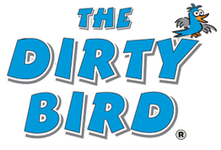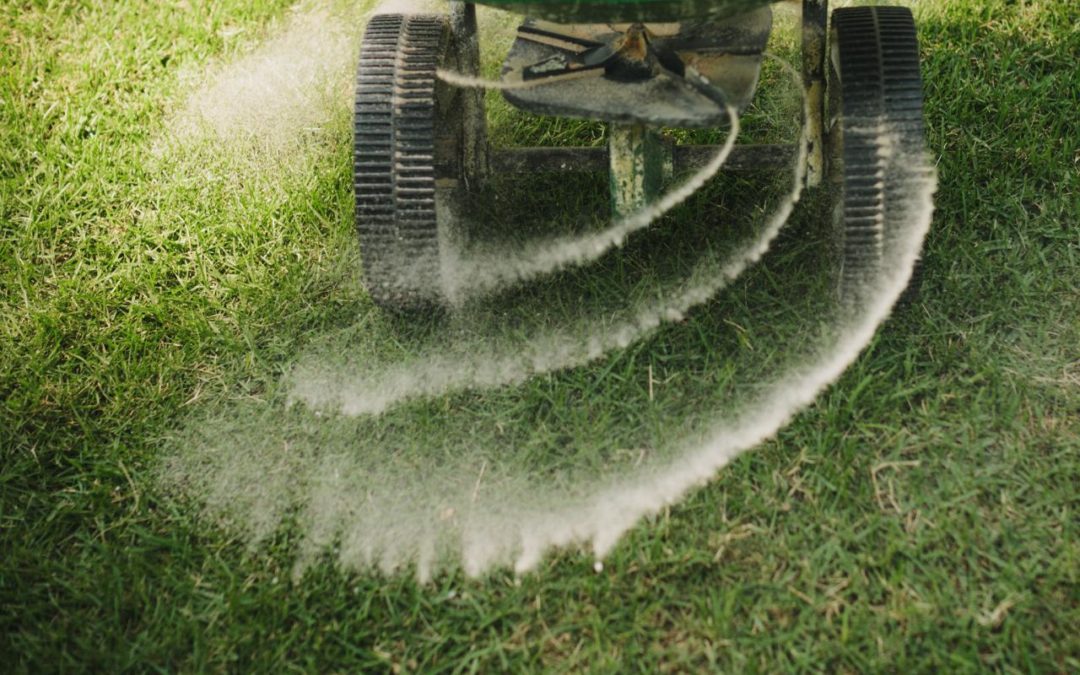May 09, 2023
With fall here, you may think general lawn care is just about over. But fall is an ideal time to fertilize the lawn. This last dose of TLC before the cold will lay the foundation for a healthy beautiful lawn when spring rolls around.
Fertilizers come with a formula. You will see three numbers which designate the formula for lawn fertilizer. A common number is 5-10-5. The first number is nitrogen which promotes blade growth. The second number designates phosphorous which promotes root growth. The last number is potassium. This helps with cell function and promotes absorption of trace elements.
September is the best time to fertilize. The grass is generally still recovering from the stress of sun, heat, and water fluctuations from summer. A higher ratio of nutrients makes for stronger root systems and strengthens the blades for the coming cold and snow.
Ideally, have your soil tested. The most common mistake homeowners make is over-fertilizing their lawns, and the best way to prevent this is to test the nutrient and chemical make-up of your soil. Most home and garden stores can offer these testing procedures.
By late October or early November it will be time to fertilize again. At this point you will want a high phosphorous boost to get the root systems healthy for frost. A good boost of phosphorous gets the roots tough and bolstered for the stresses of winter. Root health is crucial for a strong and healthy lawn come spring. This also makes you lawn resistant to disease and drought.
Take care with how you spread lawn fertilizer. Another common mistake with fertilizing the lawn is careless spreading, and this leads to environmental issues.
Some experts caution against using lawn fertilizer because it contributes to unnatural flourishing of surrounding natural plant systems. The key is to be careful with how you spread.
It is not the use of fertilizer that is the problem. It is messy spreading which distributes unnecessary nitrogen and other nutrients into surrounding natural ecosystems. When this happens it can damage wetlands, streams, and lakes. Just take the time and care to keep the fertilizer in your lawn.
Proper soil testing will allow you to spread only what is necessary rather than dousing the lawn with nutrients it does not need. Grass and shrubs will not suffer for this over-feeding, but it will inevitably run off and into surrounding ecosystems.
Fall is in fact an ideal time to prepare the lawn for the next year. Fertilizing in fall helps preserve and fortify your lawn through the winter and makes certain that spring growth is healthy and appealing to the eye.

